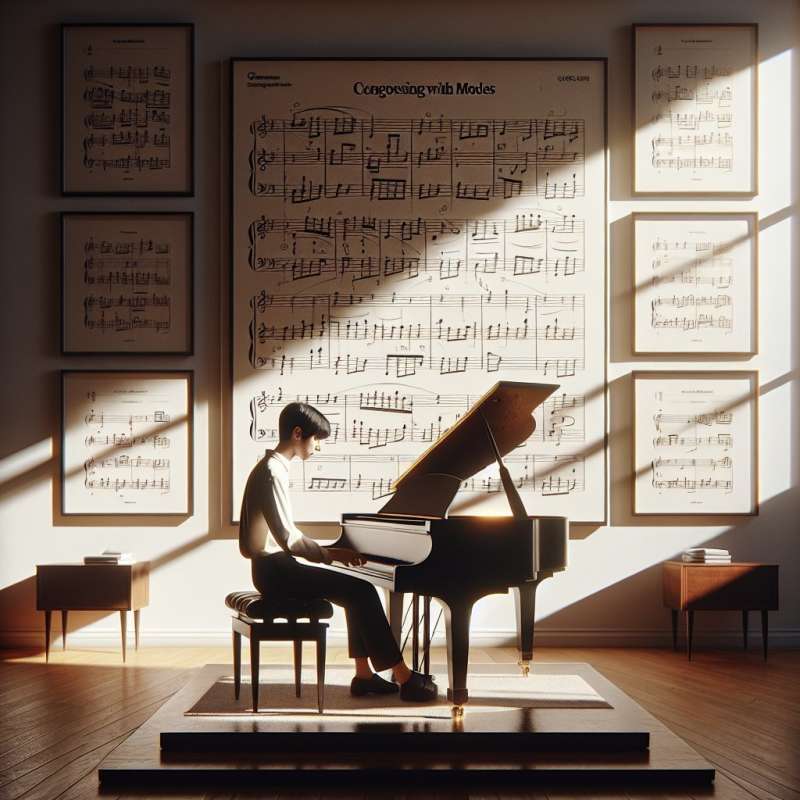
Understanding Modal Harmony
Modal harmony refers to the construction of chords and progressions using modes rather than traditional major and minor scales. It offers unique soundscapes and emotional palettes.
History of Modal Usage
Modal harmony has roots in medieval and Renaissance music. During the 20th century, it resurfaced, with composers like Debussy leading the modal revival in Western music.
Modes and Emotions
Each mode invokes distinct emotions. For instance, Dorian suggests a melancholic yet hopeful vibe, while Phrygian evokes a more exotic or tense atmosphere.
Modal Interchange Explained
Modal interchange is the process of borrowing chords from parallel modes. This technique introduces fresh colors and resolves to music without changing the tonic center.
Miles Davis's Modal Jazz
Miles Davis's album 'Kind of Blue' is a cornerstone of modal jazz, shifting from chord-heavy structures to modal improvisations, thus revolutionizing jazz harmony.
Rock Music Modal Shift
In rock, modal harmony often appears in riffs and solos. Bands like Led Zeppelin incorporated modes, giving their music a distinctive, timeless quality.
Composing with Modes
When composing modally, focus on the characteristic note of each mode. This note, often a sharp or flat, defines the mode's unique flavor and should be featured.
What defines modal harmony construction?
Major and minor scale usage
Chords using modes, not traditional scales
Borrowing strictly from minor scales
Company